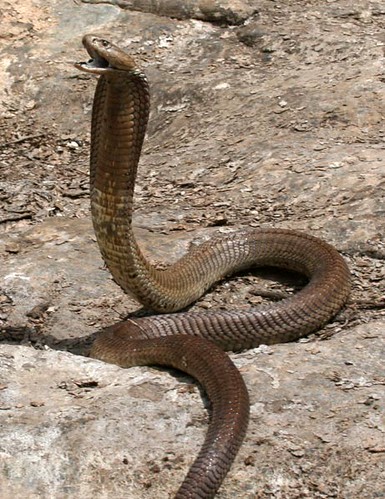Just want to list two of my favorite songs here
The first one is from the hugely popular movie 200 Pounds Beauty.
This is called Byul or Star
A man stands next to a 490 liter Grande Cuvee TBA NV No.7 2005 of Austrian wine maker Kracher during its presentation in the small Swiss town of Rehetobel, some 40 km (26 miles) from lake Constance, November 28, 2007. The bottle, certified by Guinness World Records as the world's largest bottle of wine, holds the equivalent to 640 regular bottles, or 69,000 glasses of wine.




But the Ashe's cobra was less resistant to handling, generally less alert, and less picky. And they were bigger.
"There's a butcher here in Watamu who gives us chicken heads, and [the Ashe's cobra will] eat five or six chicken heads at once," Taylor said.
"That's very unlikely for the spitting cobra group."
Ashe's cobras are not the only kinds of snakes that get lumped together.
Researchers suspect that many different species of snake, such as the highly venomous puff adders, have been grouped into species that need greater differentiation.
Ineffective Antivenin
The greatest significance of the new finding may be for residents along Kenya's Indian Ocean coast, who are at risk of being bitten by the new cobra.
Its venom is similar to the species it was previously grouped with, but it can deliver about twice the amount of venom with a single bite.
That means that doctors previously treating bites from what turned out to be Ashe's cobras were only administering half the necessary dose of antivenin to victims.
New developments in antivenin may be made from studying the chemical makeup of the new cobra's venom, researchers add.
"The fact that this is a separate species raises a question of the efficacy of existing antivenins," said David Warrell, a herpetologist at the University of Oxford, who was not among the co-authors.
"It hasn't been studied at all, so that's a complete mystery."
"Planet Mismanagement"
Taylor of Bio-Ken says he hopes the new species will bring in more funding for research.
He wants to study the snake's venom to see how it differs from that of other spitting cobras, and to find out what role it can play in antivenin production.
The snake is not thought to be endangered, but WildlifeDirect officials said its discovery should draw attention to the animals that are being lost to human encroachment.
"A new species of giant spitting cobra is exciting and reinforces the obvious," WildlifeDirect Chairman Richard Leakey said in a news release. (Richard Leakey is a past grantee of the National Geographic Society, which owns National Geographic News.)
"There have to be many other unreported species—but hundreds are being lost as their habitats disappear under the continued mismanagement of our planet."
source: http://news.nationalgeographic.com